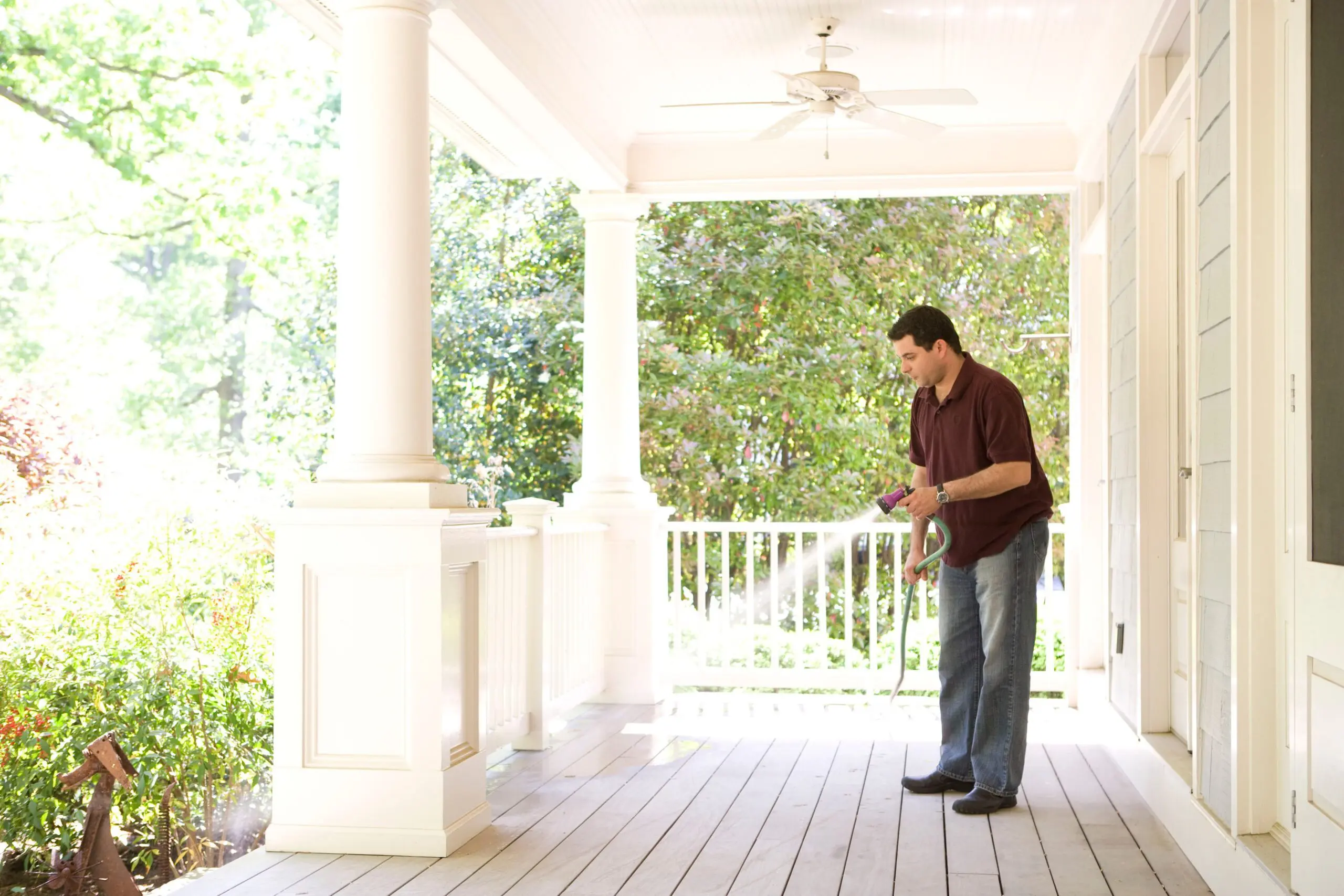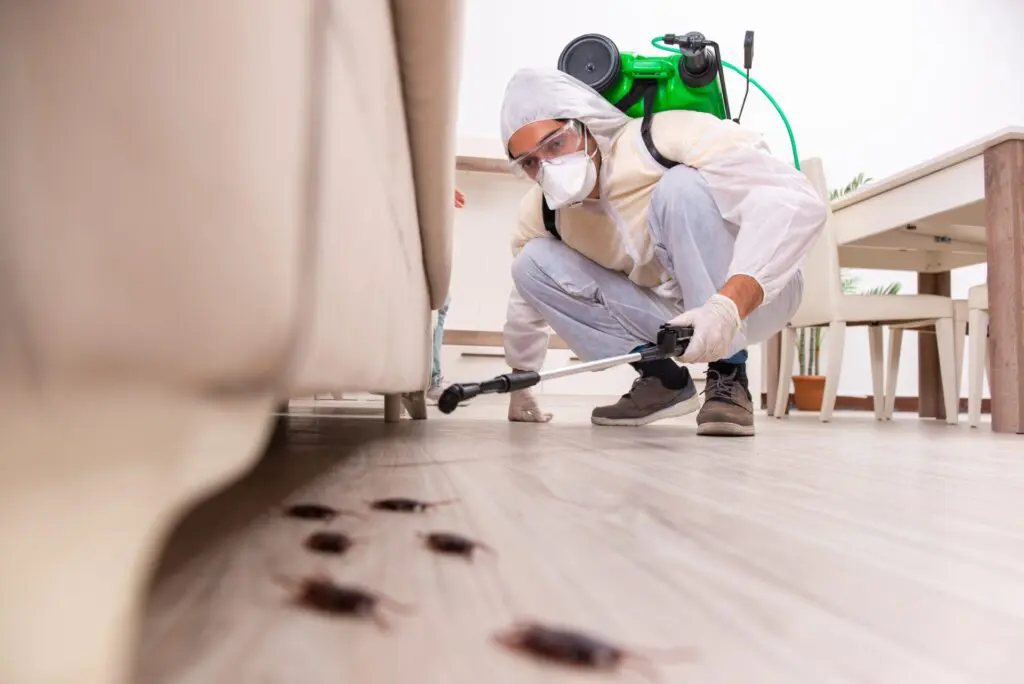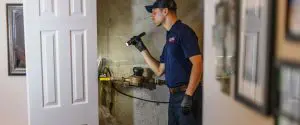

How Often Should Pest Control Be Done? An All-Inclusive Guide
As a pest control company, many of the most common questions we receive have to do with frequency and duration of pest control treatments. How long will the treatment last? When should I schedule my next treatment? Well, wonder no longer- this all-inclusive guide is here to answer your most pressing questions about how often you should receive pest control.
How Does Property Type Affect The Frequency Of Treatments?
Property type is actually one of the main attributes that influences how often pest control is needed. Businesses generally need more frequent treatments than residential properties for a few reasons. Between employees and customers, business properties host a number of people on any given day. Any one of these people could be unknowingly carrying a hitchhiking pest that subsequently moves into your business. Additionally, the more frequent the foot traffic through a property, the more susceptible the property is to structural wear-and-tear as well as grime buildup, both of which are attractive to pests.
Certain business types are more at risk for infestations than others. For instance, businesses that serve food or multi-unit properties like office buildings are automatically more susceptible to most kinds of pests. The multi-unit rule also applies to residential properties; apartments and condominium complexes typically experience more frequent and worse infestations than single-family homes due to the number of people living in one place.
Since different risk factors affect different properties, no two pest control schedules will be the same. That being said, there are minimum frequencies that should be followed universally. Residential properties should receive pest control or pest prevention treatments at least quarterly (once per season), while businesses are better off receiving monthly or bimonthly treatments. Read on to learn more about how long pest control treatments last as well as risk factors that may warrant more frequent treatments.
How Long Does A Pest Control Treatment Take To Apply?
Preventative treatment appointments are fairly quick and typically last between 15 and 45 minutes. Treatments to remove an existing pest may last anywhere from 1½ to 2 hours. Heat treatments for wood-destroying pests like termites can last for 4 or more hours. Fumigation of a property can last anywhere from 3 days to a week, during which time the property should not be entered for any reason.
How Long Does It Take For A Pest Control Treatment To Start Working?
Treatments that are solely meant for prevention purposes will begin working right away. However, treatments that are meant to eradicate an existing infestation may seem at first like they made the infestation worse. It is common within the first few days or weeks after a treatment to see a significant increase in pest activity. This is because the pest control applications have made the pests’ homes uninhabitable, so they are fleeing and frantically looking for a new, non-poisonous home. The increased activity may last for up to two weeks, after which the pests should disappear. The amount of time before an infestation is completely gone depends on the severity of the infestation and existing risk factors.
How Long Do Pest Control Treatments Last?
Pest control treatments typically last between 30 and 90 days. The length of the treatment’s duration depends on the type of treatment that was applied, the type of infestation, the severity of the infestation, and the risk factors associated with the property. Some pest treatments, like those for flying pests, may only last for around 30 days, while treatments for pests like silverfish may last for closer to 60 days. Severe infestations may require monthly treatments for up to 6 months. Properties with unavoidable risk factors (i.e. properties located on a city block or near a forest) will likely also require more frequent treatments than those with no risk factors and no existing infestations.
Weather and other environmental factors can influence the duration of a pest control treatment as well. We will cover the effects of rain in the next section, but temperatures and humidity can also play a role in effectiveness. Many pests thrive better in warm, humid conditions, so if it is a particularly warm year, or if your property is located in a subtropical or tropical climate, pests will breed much faster therefore making extermination far more difficult. In such cases, more frequent treatments are necessary.
Does Rain Wash Away Pest Control Treatments?
A common concern among pest treatment recipients is that rain may wash away the treatment that was applied. Fortunately, due to their quick dry time treatments are not usually washed away. Ideally, pest control sprays should be applied 2 to 4 hours before rain so they have adequate time to dry completely. However, sprays usually only need 30 to 45 minutes to dry sufficiently enough that they will not be washed away. In other words, 2 to 4 hours of dry time is preferable but the treatment will not be ineffectual if rain occurs after 30 to 45 minutes. Once a spray is dry, it will stick to the surface on which it was applied and it should not be affected at all by rainfall.
Certain pest control methods are even enhanced by rainfall. Granulated substances, which are often used to create barriers outdoors, are activated by water and will therefore be more effective after rainfall.
How Often Should You Receive Cockroach Control Treatments?
Cockroaches are a particularly resilient pest that may need more frequent treatments. The exact number of treatments you will need depends on the severity of the infestation, but roach treatments typically require at least a few separate visits. The first treatment will begin to eradicate the roaches themselves. Follow-up visits are necessary to ensure that all of the roaches are gone as well as any eggs they left behind. Once the infestation is completely taken care of, we recommend preventative treatments every 30 to 60 days to ensure the infestation does not return.

How Long Does Fumigation Last?
Fumigation treatments can last for up to 4 years. However, fumigation is only required for extreme infestations or for pests that are extremely difficult to eradicate, like termites and bed bugs. Because of this, we recommend that you have your property re-inspected every 2 years to ensure that pests have neither remained nor returned after treatment. Particularly difficult pests have a habit of finding a path into areas of your property that are not reached by standard pest control treatments, which means the pests can procreate unchecked. Because of this, fumigation may need to be followed by frequent and regular pest prevention treatments in order to prevent future infestations.
Should New Homes Receive Pest Control?
Surprisingly, newly constructed homes are quite vulnerable to pest infestations for a number of reasons. During the construction process, a home’s frame is open to the environment giving pests easy access to move in before the walls are sealed up. This is especially problematic since most new homes are built on recently cleared areas; recently cleared ground digs up many pests who were living in that space and now need a new place to live. What’s more, sawdust accumulation and the moisture in new building materials are both very attractive to certain pests. Some new building materials may even have pests living in them already due to the way they are stored.
Still have more questions? Contact us today! We’ll make sure all of your questions are answered thoroughly, and we’ll work with you to create the perfect pest control plan built just for your property.






